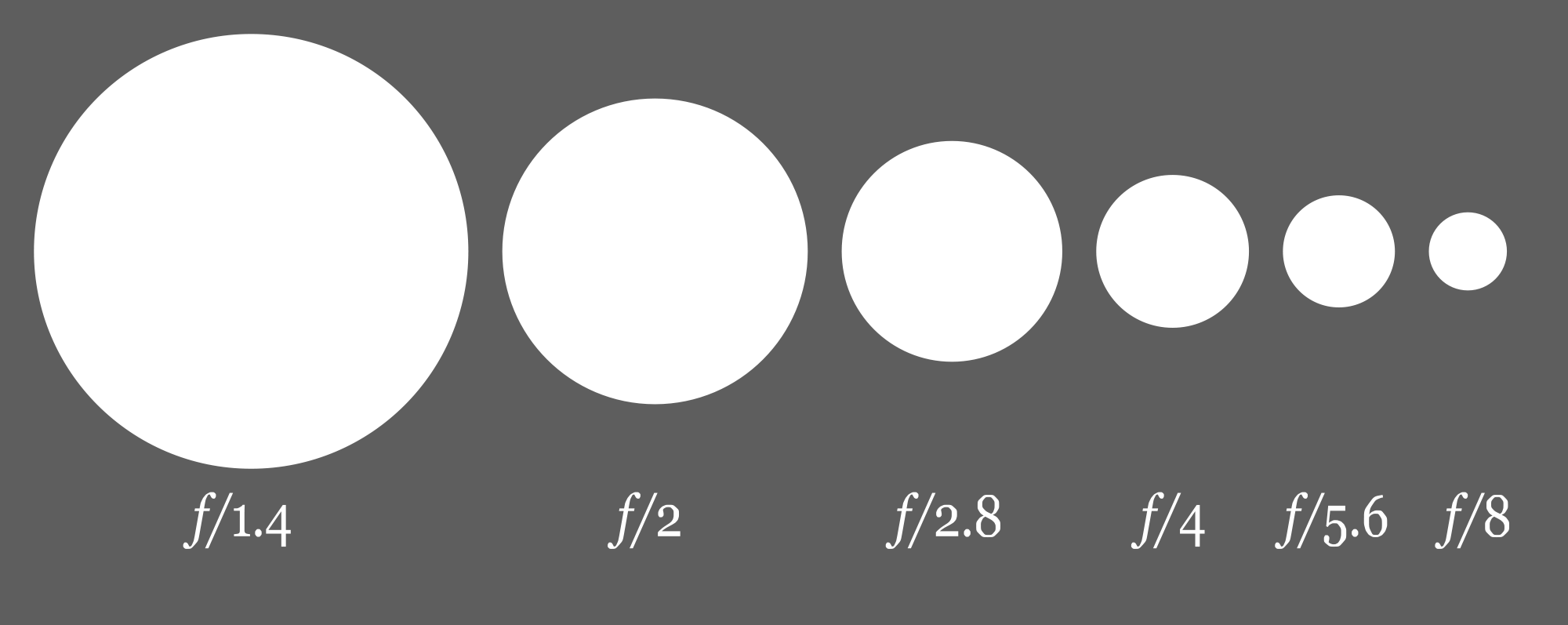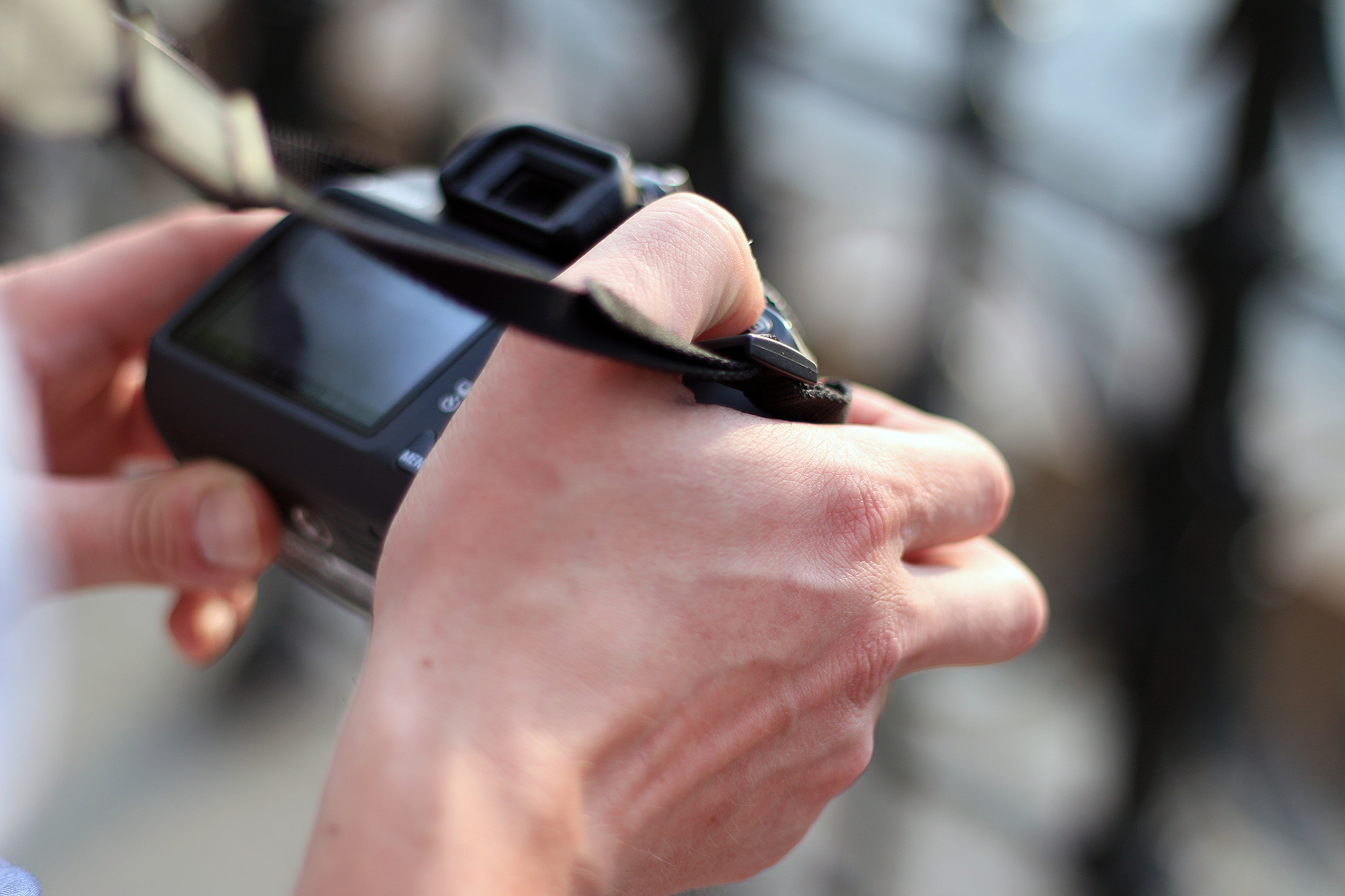Light and illumination are the pillars of photography. Actually, if we were to make a top of elements that define photography, light would have to come first, because without it illumination isn’t even possible. Your camera reacts to light the same way or very much similar to your eyes, and interprets reality in its own, personal manner. If you can’t see the big, yellow armchair sitting in the middle of the dark room, neither will your camera, however hard you’d try. Press the shutter button and your photo will turn out black. Simple, always fashionable in little dresses, but pitch black and without purpose – and that’s not what we’re here after. Read on to learn more about exposure, shutter speed, ISO settings and how to avoid common mistakes in every day photography, real estate or otherwise.
Aperture and lighting
Once you understand the relationship between aperture and exposure time, using the manual mode will no longer be a challenge. So, let’s start with the basics: light enters the camera through an adjustable diaphragm that is called aperture. The larger the aperture, the more light is allowed to enter. But time is of the essence here, like everywhere else. The amount of time light gets to tickle the digital sensor or film of a camera is controlled by the shutter speed also known as “exposure time”. This is directly responsible for creating striking results in photography, from slow motion movements to frozen action – think of birds caught mid-wing flapping or the city light trails. When it comes to the “light – exposure time” relationship, the slower the shutter speed is, the brighter your subject will be.
Measuring aperture and shutter speed
Aperture and shutter speed should always be adjusted for each correct lighting. Aperture is measured in “f-stops” where the “f number” is an expression of a fraction. The larger the opening in your lens is, the more light gets in, and the other way around. Oddly enough, smaller numbers like f/1.4 or f/2.8 represent larger openings than f/16 or f/22. Try to wrap your head around this concept however twisted it may seem at first – you’ll get the hang of it over time.
Each aperture setting controls the opening on your lens and either doubles or halves the amount of opening that allows the light in. The same goes for shutter speed: one step up or one step down will allow either half the amount of light or twice the amount of light to enter the camera, but higher numerical values mean more light coming in.
Practical example
Sometimes, it’s better to ignore some shutter speed and predefined aperture settings your camera offers and we have an example for you. Imagine shooting a house’s exterior and trying to focus on a particular subject, perhaps a stone bench, on a slightly windy summer morning. To capture a still frame, you will need a short exposure time and might go for 1/250. Let’s assume that your camera gives an F8 aperture as optimal, but that’s not the only possible combination. You can open the aperture to 5.6 and use a shorter exposure time of 1/500, for example. A combination of 1/500 – F5,6 would work best for our example. By lowering the f-stop and opening the aperture, more light comes in and you will get a shallow depth of field making it possible to highlight your subject and have a clear image, thanks to a shorter exposure time.
Changing the ISO
The most important part of your camera – the one that gathers the information about light – is the sensor. ISO measures the level of sensitivity of your camera’s sensor to incoming light. A lower ISO number makes the camera less susceptible to light, while a higher ISO number increases its sensitivity. A good camera comes with a powerful sensor, capable of capturing images without the use of flash even in low-lit rooms by increasing its sensitivity. Although that sounds fine and dandy, it does come with the prices of images noise that can alter the results.
The most common values for ISO are 50/100/200/400/800 /1.600 etc. while the Base ISO starts from 100-200. Typically, you should try to stay as close to your Base ISO as possible as this guarantees the highest image quality without added noise. Compact camera can get some good shots at ISO 400, even at ISO 800. Conversely, DSLRs have no problems to ISO 1600 included.
Remember: each step between the numbers doubles the sensitivity of the sensor and more sensitivity to light means less time to capture an image.
A Reciprocal Relationship
Back in business and shooting without a tripod, remember that the shutter speed should not be shorter than the focal length used. When shooting with a telephoto lens of 200 mm, without stabilizer, the shutter speed should be 1/250 or even shorter.
In photography, the reciprocal rule stipulates that if the aperture is wide open and lets a large amount of light to come in, then the shutter speed must be very brief. As we begin to close down the opening of the aperture and choose bigger f-stops, we must also slow down the shutter speed and allow more light to hit the image sensor.
Starting a business in real estate photography means years and years of practice and a profound understanding of the industry and its tools. We’re talking about a very competitive market and a fast-paced environment where only those who are willing to invest in their continuous education get ahead and succeed. A good photography gear will help you in the long run, but so do good technique and flair. If you don’t have the crème-de-la-crème digital camera or drone just yet, remember to always follow the most simple and effective rules that might very well compensate for the lack of modern tools.
Final notes
- Aperture
The diaphragm opening that allows light to strike a camera’s image sensor. Changes in aperture diameter are expressed in f/stops or simply said, stops.
- Shutter speed
The shutter speed measures the time a camera’s shutter stays open allowing light to strike its image sensor. Shutter speed duration is also expressed in stops.
- Depth of field (DoF)
The area within a photo that is in sharp focus. Larger apertures produce shallower depths of field while smaller apertures produce broader depths of field.
- ISO
A measure of the image sensor’s sensitivity to light. High ISO settings record light more quickly, whereas low ISO settings record light more slowly.
Julia E. Miller
Related posts
1 Comment
Leave a Reply Cancel reply
This site uses Akismet to reduce spam. Learn how your comment data is processed.





[…] estate, there is no point-and-shoot, but a lot of work and great technique! Take, for instance, the case of setting your ISO: how should it be? Not on auto, that’s for sure. Most professional real estate photographers keep […]